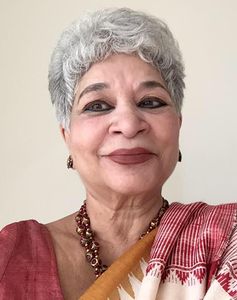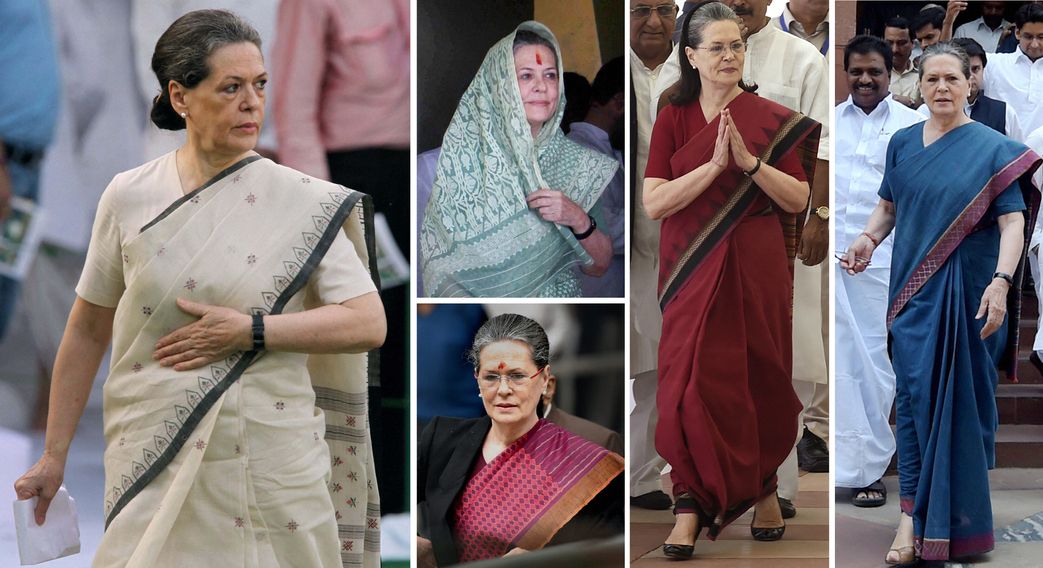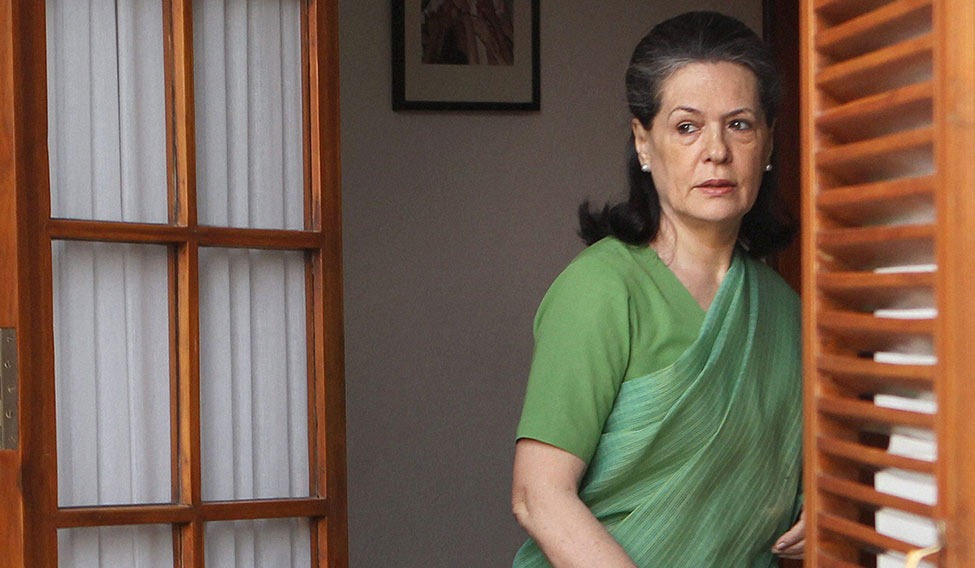 Laila Tyabji
Laila Tyabji
In the 50s and early 60s, Indira Gandhi was her father’s companion and hostess, undreamt of as a future prime minister. She was a close friend of my parents—Surayya and Badruddin Tyabji. As an Indian ambassador’s wife, my mother wore saris to raise a flag for the Indian aesthetics. Indira Gandhi, thanks to her discerning eye and impeccable taste, was often asked to select and send her some saris. By the time Indira Gandhi became prime minister, the roles were reversed and it was my mother, then chairperson of the Andhra Pradesh Handloom Corporation, who was asked by her friend to select saris for her. (I occasionally see Priyanka wearing one.) In the 90s, I inherited the role of choosing saris for another Gandhi—Sonia.
Indira Gandhi’s fascination for handlooms was something she and her daughter-in-law Sonia had in common. They bonded over many things, especially Indira Gandhi’s adored grandchildren, but an exquisite textile, a stunning flower arrangement, a deliciously put together meal, a painting or objet d’art, whether contemporary or traditional, drew them together in delighted appreciation.
It was India’s arts and crafts that Sonia most responded to, right from the start. It was the beginning of her deep involvement with every aspect of India. I remember, after the post-Emergency elections, when Indira Gandhi was out of power, Sonia coming to Khazana, the Taj Mansingh store where I was then merchandiser/designer, and sitting on my table, looking at a pile of Banarasi textiles a master weaver had brought, and animatedly giving ideas for new colours and designs. I remember, too, in the mid-90s, when both Indira Gandhi and Rajiv were dead, Sonia was struggling with the unfamiliar realities of being the devastated Congress’s last hope. She rang me about a project in the earthquake-struck Latur supported by the Rajiv Gandhi Foundation. I told her I was in the middle of a workshop with embroidery craftswomen, and she should join us. “Oh, Laila, how I wish I could...,” came the heavily accented, wistful reply.
In the early days, she would visit exhibitions, but later security became an issue. I used to put together a pile of my favourite saris from our bazaars, and they would be sent off for her to make a pick. Her only proviso: no flimsy saris that would fly up when she got into helicopters or jeeps. So no chanderis, kotas or maheshwars. And I seem to recall her saying no purples and oranges.
For both Indira and Sonia Gandhi, saris were a metaphor and a medium. They chose their saris carefully, not just to suit their own tastes, but as an identity appropriate for each occasion. A Kanjeeveram in Tamil Nadu, a Bodo weave in Assam, a stunning ikat in Andhra Pradesh or Odisha. And in Kashmir they wore the local feran. The crowds loved and responded to it. They seldom wore elaborate zari saris in India, but pulled out all the stops when they represented the country abroad.

Sonia wore thick coarse Korpat tribal saris long before they became a fashion statement. She loves traditional handloom weaves. In 2006, when Vankar Chaman Siju wove the very first sari in Bhujodi, using kutchi shawl motifs as inspiration, I sent her the sari. She bought it immediately, and has worn it often since. I’ve never seen her wear chiffon or Swarovski crystals, even at parties. And her blouses haven’t changed in style. The cut is exactly the same as her mother-in-law’s—staidly conventional.
Recently, as Sonia travels less, she buys fewer saris. One sees her repeating old favourites—many now unobtainable. She loves ikat, and often wears Neeru Kumar’s contemporary ikat silks. She is also fond of Dhakai jaamdanis. Funnily, I don’t think I’ve ever seen her wear bandini, although when I wore Ali Mohamed Isha’s stunning red and black bandini at my Padma Shri ceremony, she commented on the sari’s intricate beauty.
Her colour palette matches the Indian seasons—whites, creams and pale pastels in summer, deeper tones in winter. Jewel shades—ruby red, emerald and jade green, the dark blue of a good sapphire. Earth colours like terracotta, taupe and biscuit are also favourites. Black as an accent, but seldom the base.
In the days before electronic media and Page 3 created new fashion icons, daily images of the two Mrs Gandhis on our front pages wearing all manners of weaves did much for Indian saris; creating an awareness of their beauty and range. In turn, this encouraged weavers to excel and innovate. Who knows, we would have otherwise been wearing synthetics.
However, if the Gandhi saris served as a metaphor for India’s diversity, possibly Sonia’s blouses carry a message, too. They tell us that the Congress lives too much in the past; they hint it should move on and change.
Laila Tyabji is founder member and chairperson of DASTKAR Society for Crafts & Craftspeople.






